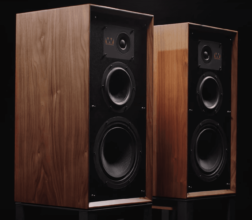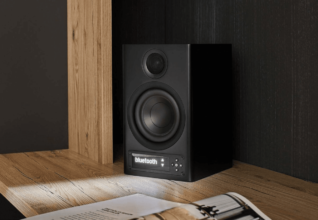KLIPSCH HERESY IV Review
Klipsch’s smallest Heritage speaker, HERESY IV, belies its age, size and gets away with it. Tested at $3198.

What is Klipsch HERESY IV?
The original was launched in 1957 and was intended as a center speaker (!) between a pair of other Klipsch speakers, like the enormous Klipschorn. Maybe that’s why it didn’t get a name and was just called Klipsch H. A bit odd since other models had cool names like Klipschorn and Cornwall.
It wouldn’t be named Heresy until many years later, partly because one of his employees accused Paul Klipsch himself of heresy. This employee thought it was heresy to design a speaker that broke the principles of only making speakers for corner or wall placement.
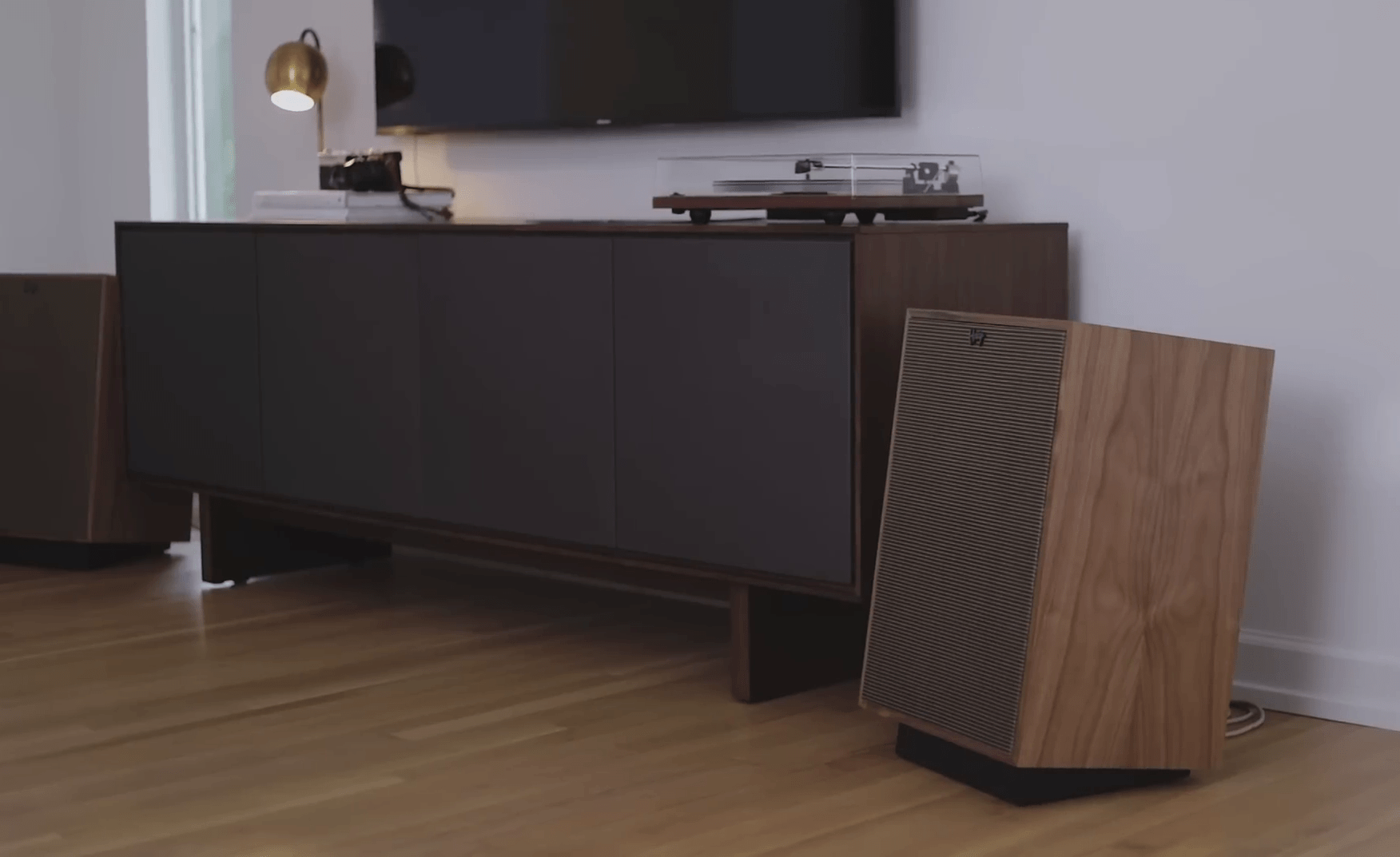
It’s also part of the story that an informal internal competition was held to develop a name for the speakers. It could have ended up being called Littlebighorn, Herald, Kybrid (Hi Ivor), Klipschette, Hornette, or Honey Horn (!).
The heresy became public in 1964 when the speakers finally got their name. Since the pair we are testing here is called Heresy IV, most people will realize we are talking about the fourth edition of the legendary speaker.
Which is in very good company.
No other speaker manufacturer celebrates the vintage theme as beautifully and consistently as Klipsch, especially with its Heritage series.
The Heresy IV is compact, affordable, and delightfully vintage. It is the smallest model in a series that Klipsch calls Heritage, meaning speakers that have been around since Paul Klipsch started the company. The exception is the larger Forte, which wasn’t launched until 1985. Heresy IV is much smaller than Forte and fits easily into the room.

Looking at the Heresy, one might wonder why such beautiful speakers aren’t made anymore. But they are! Handmade in the USA! In Hope, Arkansas, these speakers are still crafted by hand and equipped with an angled frame underneath. Suitable for a center speaker that can’t be too tall if you want space for a movie screen or TV above.
The frame underneath is black lacquered, but the speakers can be delivered in matching wood veneer of American walnut, cherry, black ash, or a gray laminated oak veneer.
The speakers can be bought individually if you want to use Heresy as a center channel in the home theater, but I suspect most people are more interested in a pair.
Build and Design
In 2019, 7Review reviewed the La Scala AL5 and the large Klipschorn AK6. It looks almost identical to its predecessor, especially from the front.
The Heresy speakers look like they did back in 1957, but as the name suggests, they have changed. Klipsch has upgraded everything that matters, and compared to Heresy III, there’s a lot that’s new.

The speakers have a 12-inch woofer connected to a rectangular bass reflex port on the back. A new Tractrix compression horn with a 4.45 cm polyamide element is on the front. Higher up is the tweeter with a titanium diaphragm in a smaller horn. A phase plug in front of the diaphragm is supposed to provide a smoother frequency response and a more even and wider dispersion.
New elements also come with a new crossover. The crossover frequency between the tweeter and midrange has been lowered by 500 Hz and is controlled by new and better components. The cables from the crossover to the elements are Audioquest Type 4 with their Star-Quad Geometry, where the strands with long copper crystals are twisted into four (quad) groups in a star pattern (star).
The new bass reflex port on the back addresses one of our complaints about Heresy III: the range in the bass register, which is extended by 10 Hz. It’s not as deep as with a pair of Forte IV, which reach down to 38 Hz (-3dB) – but that’s with an active and a passive 15-inch.
Klipsch claims the speakers don’t lose more than 4 dB at 48 Hz. If so, it’s significantly improved compared to Heresy III and on par with the best larger stand speakers. With a significant difference, which I’ll come back to shortly.
At 20 kg, it is easy to handle yet heavy enough to reflect its high build quality. Four wood finishes are available: Satin Black Ash, American Walnut, Natural Cherry, and Distressed Oak.
A KLIPSCH TO MOVE AROUND
The Heresy is easy to unpack and set up thanks to its moderate weight. This is fortunate, as the stand that angles the speaker upwards encourages experimentation with placement. Depending on room acoustics, it should not be placed too close to the wall. Adjusting the listening distance and the angle of the speaker towards the listening position is worthwhile. While this is true for any speaker, the results with the Heresy can vary more significantly. Horn speakers can be tricky to place, but don’t worry: the compact Klipsch is easy to move, and the ideal position is quickly found.
The high-quality terminal, bridged by default, allows for bi-wiring or bi-amping. This flat terminal is preferable to the stepped terminal of its predecessor. Our powerful reference amplifier, the T+A PA 3100 HV, drives the Heresy. This might seem overkill, as the Klipsch speaker would also pair well with a tube amplifier.
NOT EXACTLY A CENTER SPEAKER
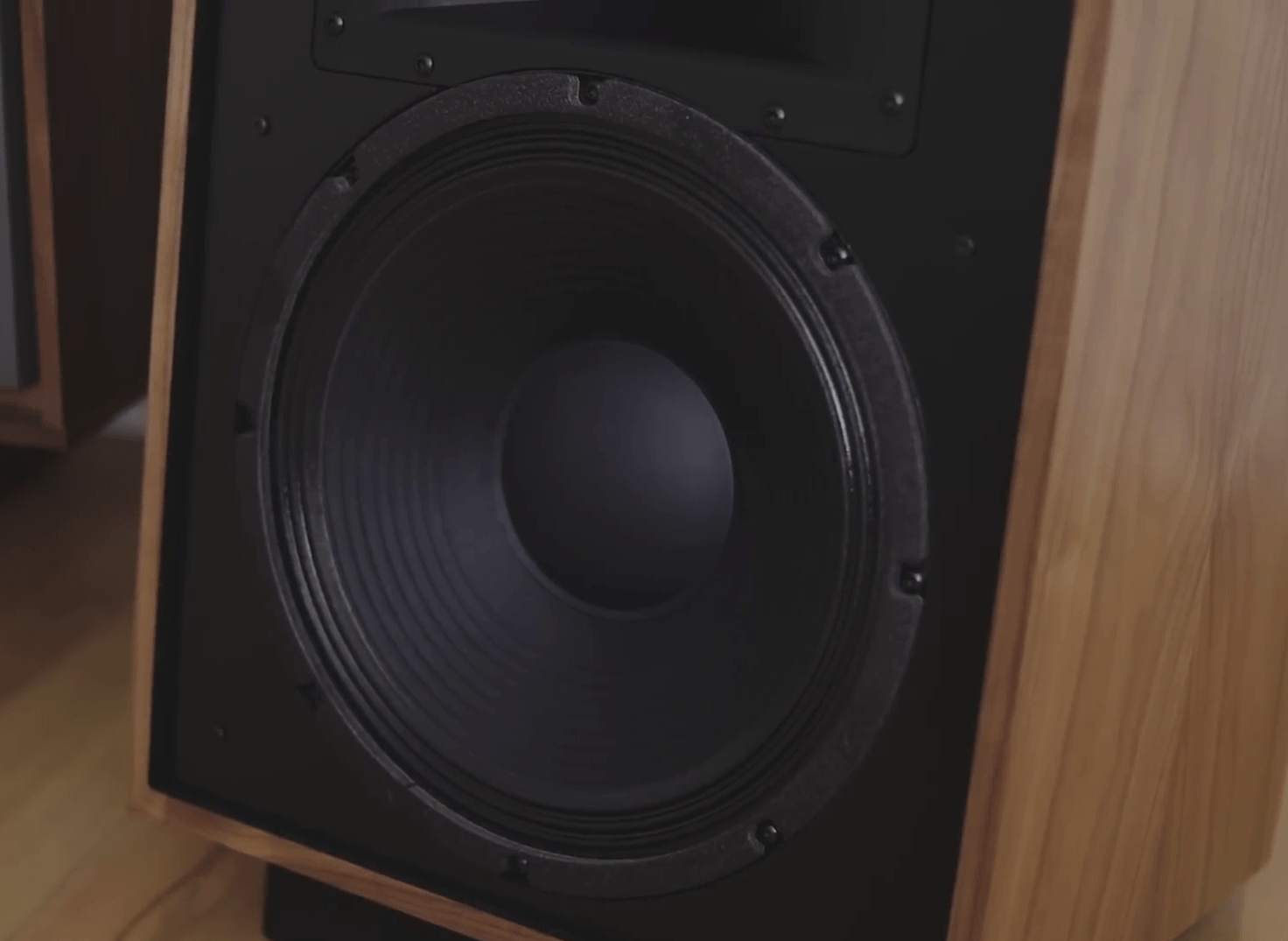
Since Heresy is so low, at least for being three-way floor-standing speakers, it’s nice that they are angled. If you don’t sit very far away, you get a very good balance in the sound from the compact floor-standing speakers when they are tilted slightly backward.
I noticed that Cornwall and Forte shouldn’t be placed right up against it unless you like the bass to have a slightly sluggish and more prominent character.
Because they are so easy to drive, you can tick off two or three points on the plus side. You don’t need several hundred watts of power. A 30-watt amp with a stable power supply is enough, which opens up the possibility for a tube amplifier. Fancy trying a 10-watt amp with pentode tubes? It will probably sound tougher than you dared hope.
With a sensitivity of 99 dB, you quickly reach ear-deafening volumes. The best part is that the speakers play phenomenally controlled and seem to enjoy themselves more and more with each press of the remote control. You also don’t need to play very loudly to enjoy the sound from Heresy IV. The high sensitivity has another advantage: distortion is naturally low because the elements in a compression horn don’t need much energy and movement to achieve a decent sound pressure level.
With Klipsch’s Tractrix compression horn – which we have become familiar with in other Klipsch speakers – you not only get higher efficiency. The shape of the mouth controls the dispersion, dampening resonances and distortion, giving the speakers a clarity in the sound image that is amazingly good.
It provides no noticeable coloration of the sound, the tone in the midrange is convincingly clear and distinct.
Anyone who has heard Heresy III and thought, “I need a subwoofer here,” can think again. Even though IV doesn’t go abyss-deep, they reach far enough down that double bass is reproduced with full weight. You won’t notice much of the lowest tones from a synth or a concert grand piano, but the large woofer with a bass port has a surprisingly potent bass that you can both hear and feel. The speakers don’t have the same control over the lower frequencies as a pair of Forte and don’t play with the same energy – and pressure – as Cornwall IV, but compared to JBL L100 Classic, the bass is fatter.
There’s also more dynamic contrast when playing loud. Klipsch speakers are superb with live recordings because they capture so much of the atmosphere – and almost create a bit of it themselves. They can sound a bit sharper at the edges if played loud, and I think the timbres come out better in a pair of Sonus faber Sonetto V or Forte IV.
You’ll also find more finesse and a more airy and weightless treble in a pair of Audiovector R3 Arreté or Bowers & Wilkins 805 D4. Still, none of them have the lively dynamics of Heresy IV, delivered with so much physical bass that it feels like you’re in a club.
It’s the immediate dynamics and the extremely low distortion that make Heresy IV such an appealing speaker. The kind that you always turn up the volume on every time you put on music.
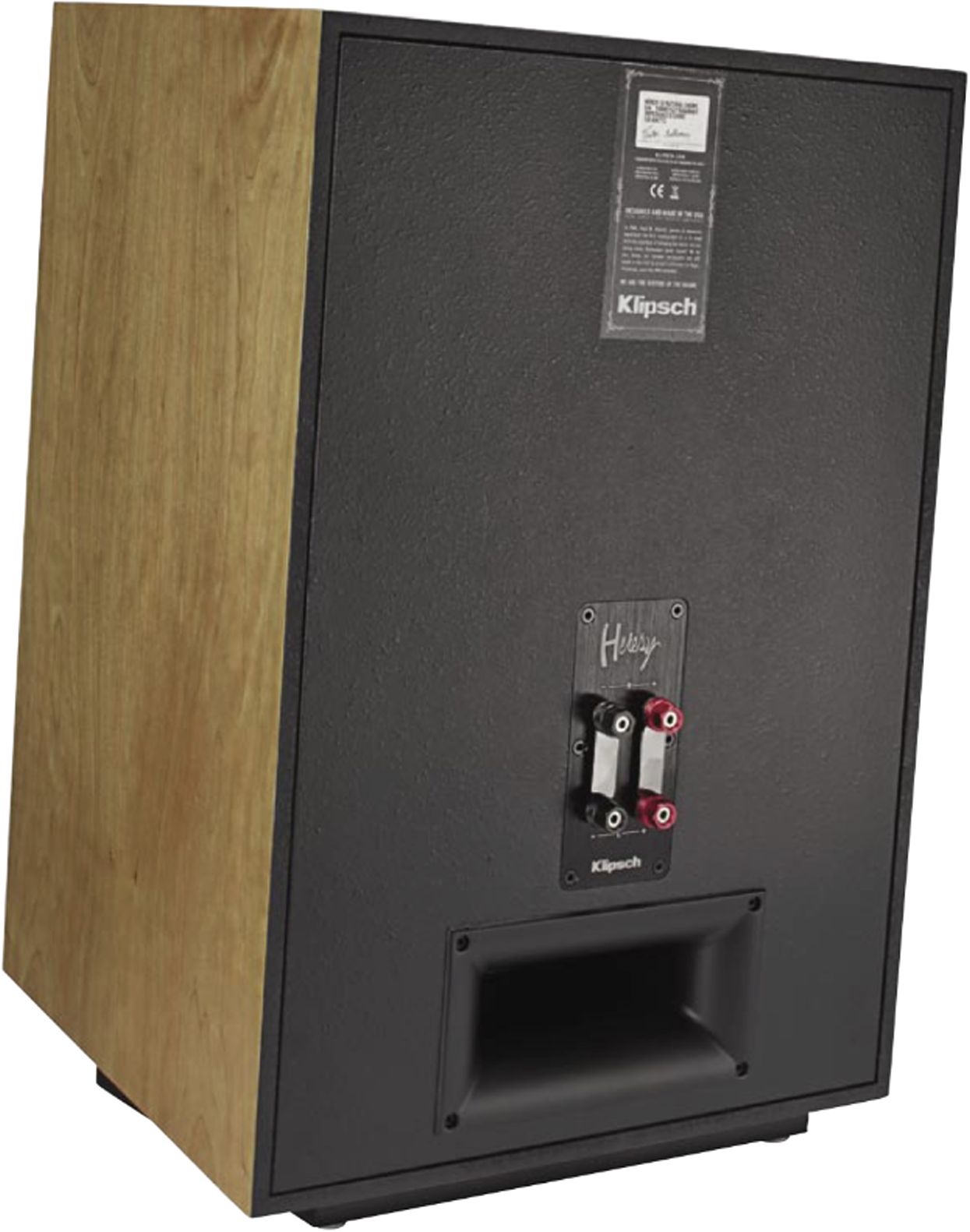
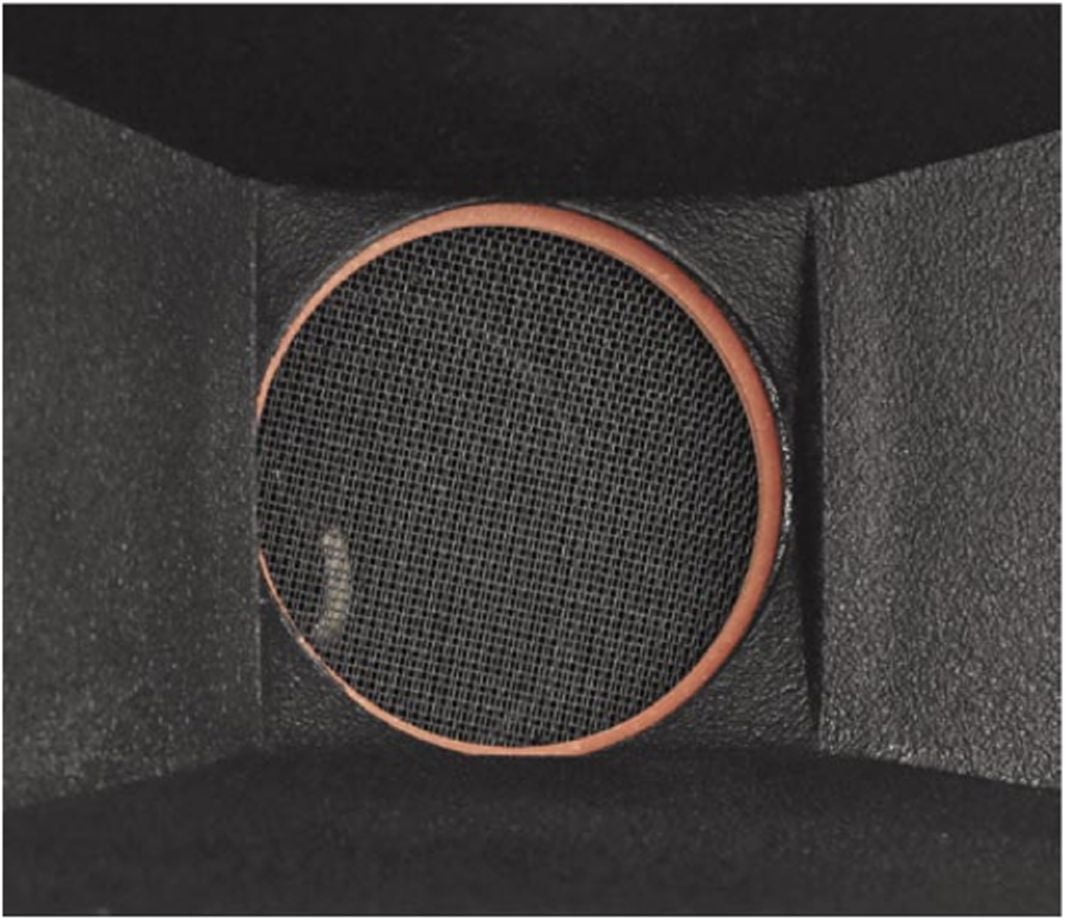
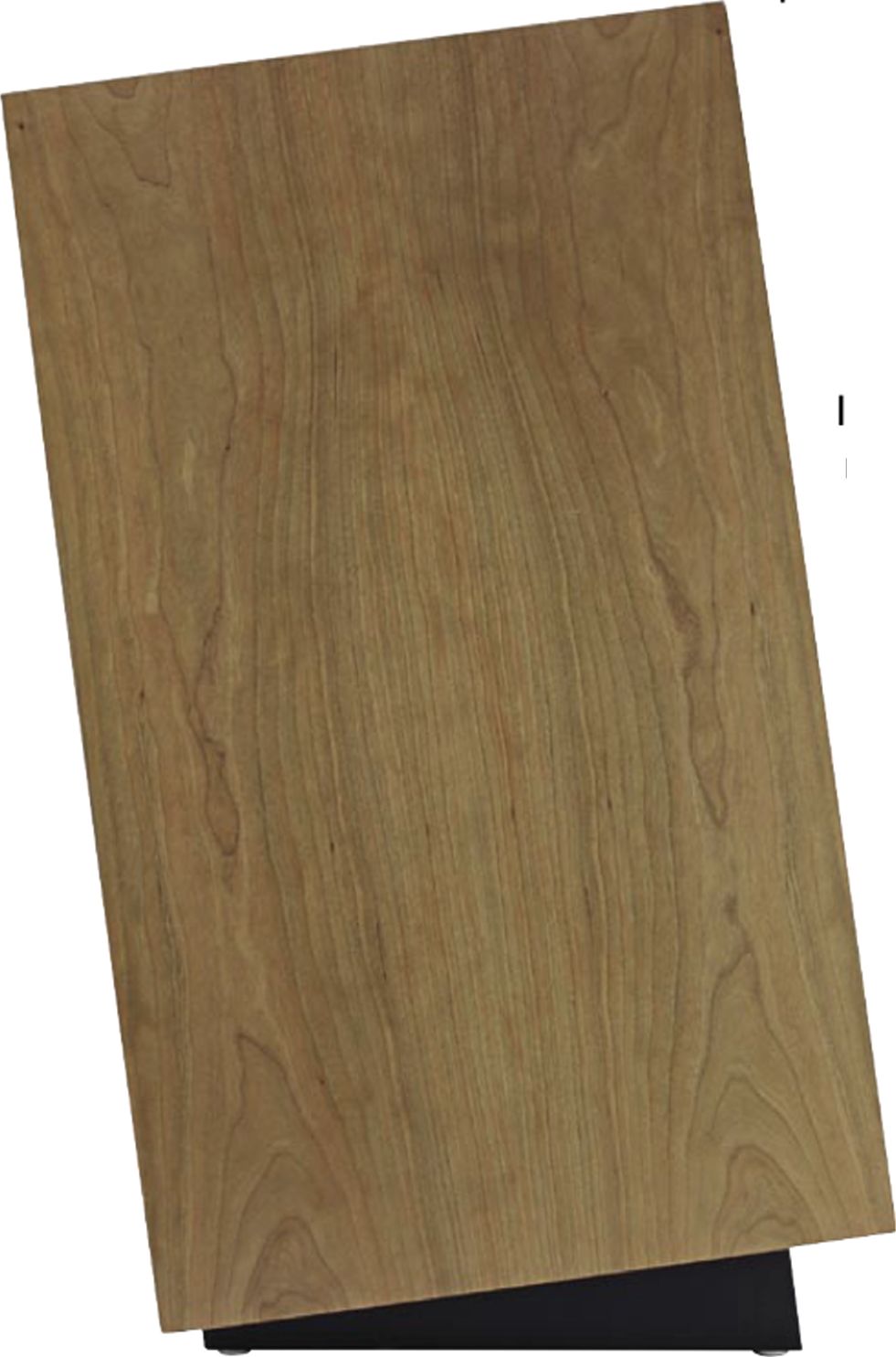
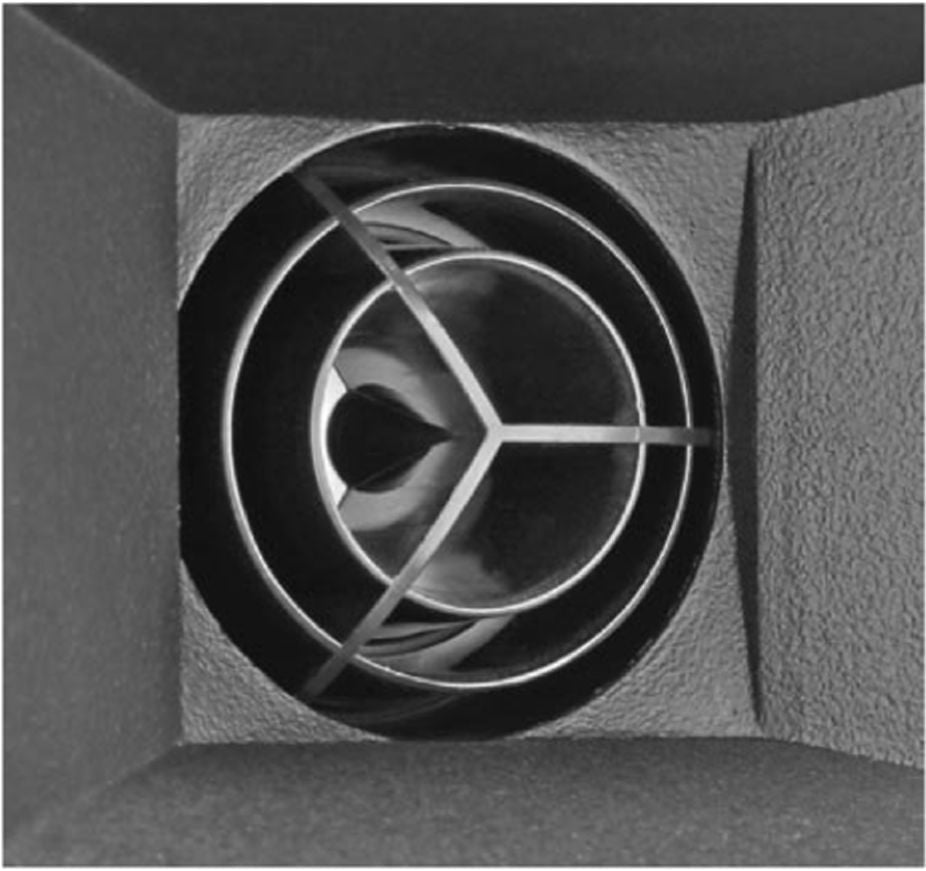
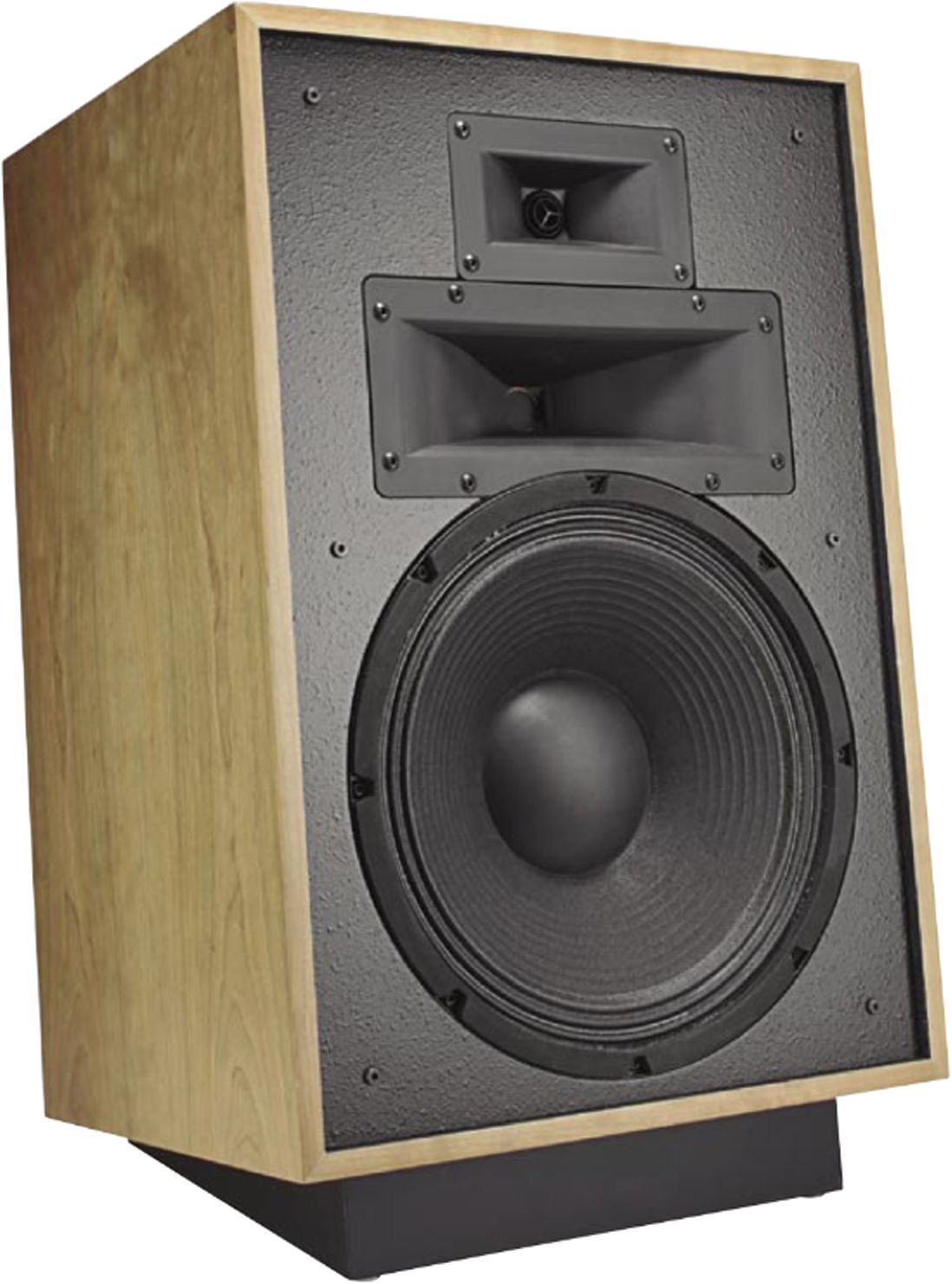

Sound Quality
Listening test. First up was the master himself: Charly Antolini, the man whose timing surpasses any metronome. His killer album “Knock Out 2000” went into the CD player. The opening track “Sticks To Me” immediately revealed the immense dynamics of the small Heritage speaker. The five-minute drum solo, which can be exhausting with other speakers, was transformed into a fireworks display of sound by the Klipsch. The various snares, toms, and cymbals were cleanly differentiated and vividly portrayed. The bass drum hit precisely. The speaker and Charly Antolini loved the perfect timing, making us crave more.
The second track “Cha Cha Bonita” with percussion and bass was pure dance joy. Every tone was precisely defined and accurately positioned on the stage, which the Heresy built pleasantly wide and deep. The bass felt sufficient and punchy at all times.
We used the CD sampler “The Voice Of Stockfisch” (included with AUDIO 1/19) to assess how the speaker handles vocals. Allan Taylor’s “My Father’s Room,” a beautiful live recording from 2016, was rendered with compelling honesty by the speaker. Musicians will love this speaker! However, non-musicians will also appreciate the Heresy IV’s timing and dynamics. Contrary to what one might think, this speaker is also suitable for classical music lovers. We played the legendary “Pasticcio” sampler, once released by the classical label MDG and included with AUDIO 12/18. Whether organ, choir, strings, or piano, everything was reproduced as accurately and honestly as we know only from studio monitors. However, the Klipsch Heresy IV did not remain as emotionless as monitors sometimes do. This is a strong recommendation for classical music enthusiasts as well.
Performance Measurement
A smooth frequency response with consistent dispersion is not given for a speaker with two horn drivers – the Heresy IV achieves this feat. Additional strengths include its high efficiency (90 dB/2V), the favorable AUDIO index of 41, and the enormous maximum SPL of 114 dB. Only the low-end extension of 57 Hz (-6 dB) is modest for a bass reflex speaker of this size.
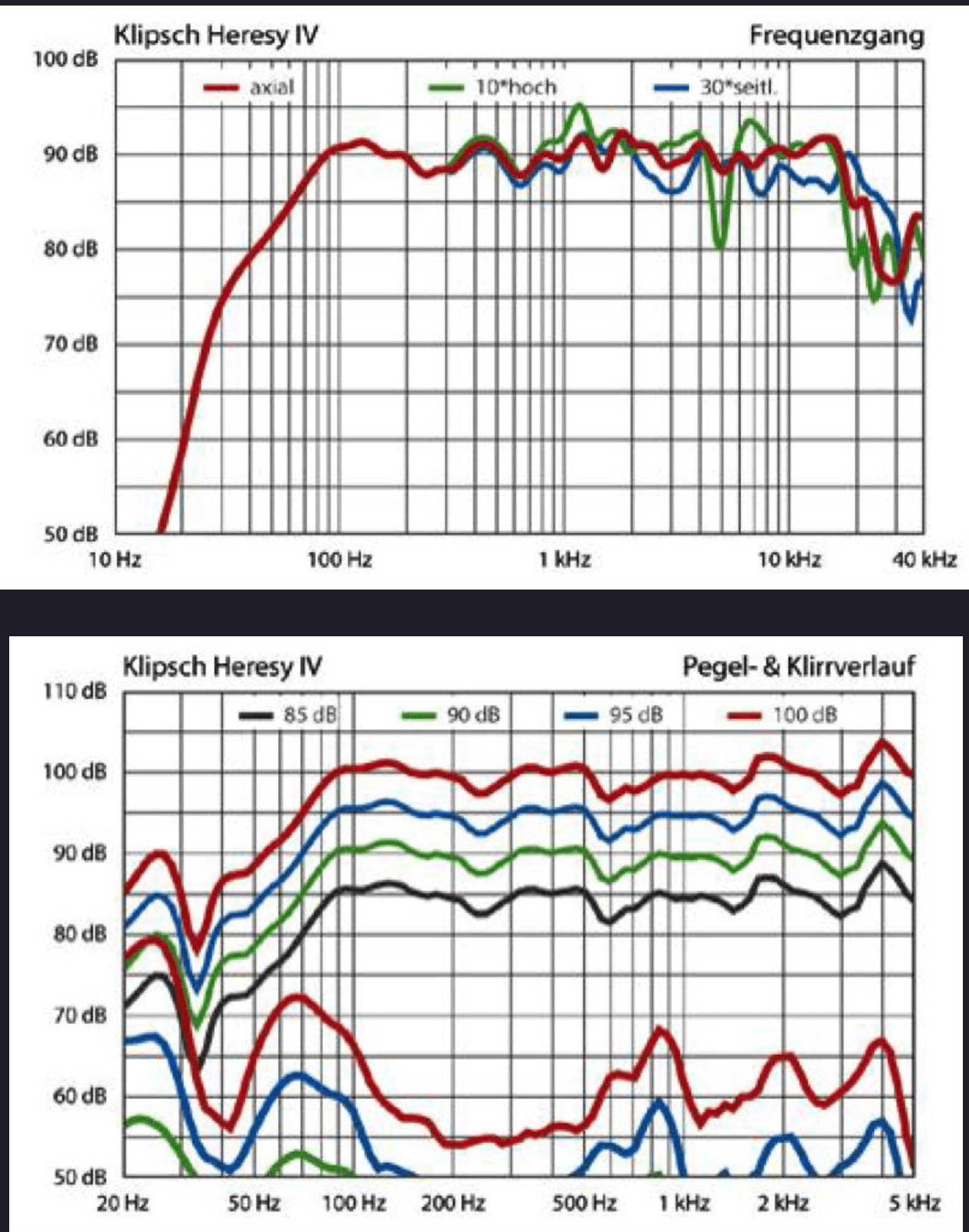
SPECS:
Type: Three-way floor-standing speaker, bass reflex
Tweeter: 2.54 cm compression element in K-107 Ti
Midrange: 4.45 cm K-702 compression element in K-704 Tractrix horn
Woofer: 30 cm K-28-E fiber composite
Frequency range: 48–20,000 Hz (+/–4 dB)
Sensitivity/impedance: 99 dB/8 ohms
Crossover frequency: 850 Hz, 4,500 Hz
Recommended power: not specified
Max load: 100/400 watts
Dimensions/weight: 63 x 39 x 33 cm/20 kg
Color: Black, oak, walnut, cherry
Verdict
Klipsch Heresy IV is quite a small three-way speaker that thinks it’s huge. It sounds like a big speaker, and it does so with dynamics, especially in the bass, and a punch that you quickly become addicted to. This makes the music more alive, less canned, and more fun. This applies whether you’re playing Wagner or The Weeknd, but for more delicate music like J.S. Bach or chamber music, you might miss a bit of refinement and finesse.
The Klipsch Heresy IV has not forgotten its distinguished heritage. It also explores new paths, as evidenced by the bass reflex port. It is the entry ticket to Klipsch’s noble and elite Heritage Club. The Heresy IV offers music lovers a lifelong friend.
When you purchase through links on our site, I may earn an affiliate commission. Here’s how it works.









